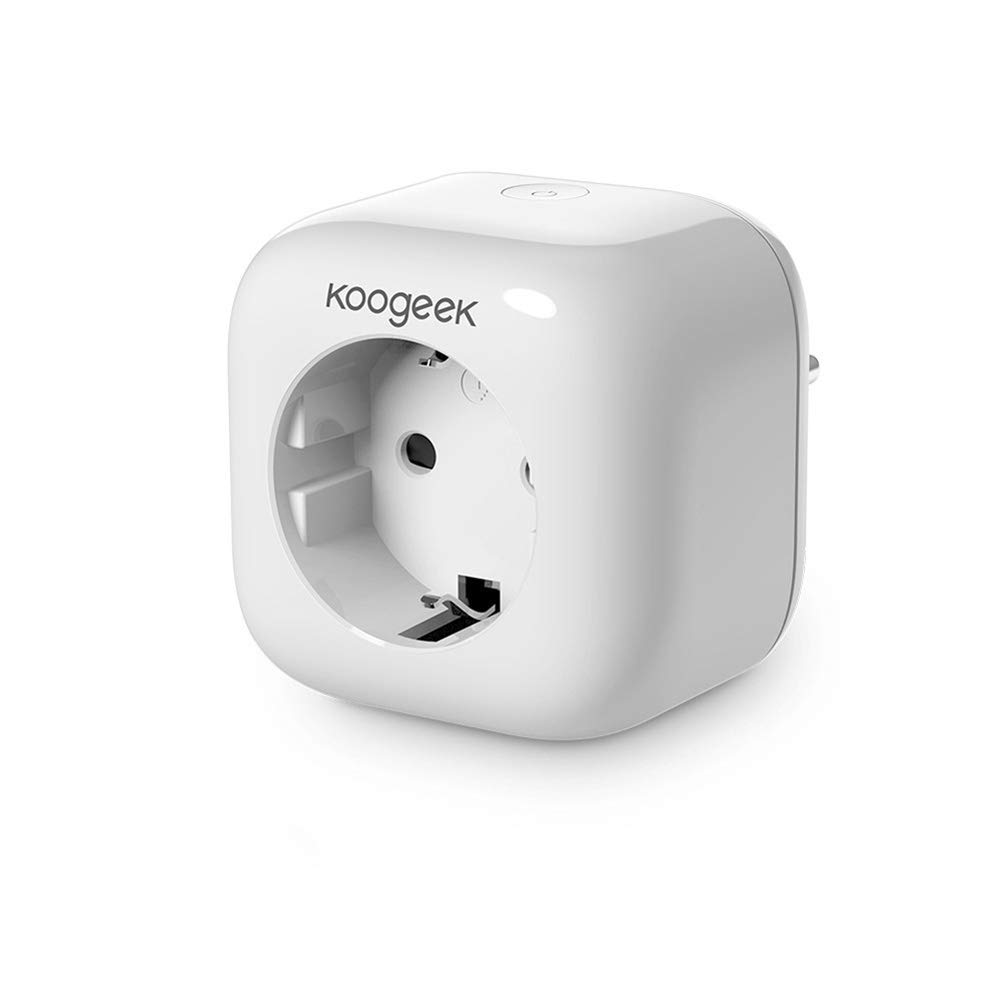- Dual Screen Mode Set Up
- Mac Dual App Full Screen Mode Vertical View
- Mac Dual App Full Screen Mode Vertical Screen
- Turn Off Dual Screen Mode
- Dual Screen Mode Windows 10
1 day ago The reengineered Vertical Docks for the 15-inch MacBook Pro (2016-2019) and 13-inch MacBook Pro (2016-2020) are available now for $169.99. The new Vertical Docks for the 16-inch. Automatic - Selected By Default - It will rotate the app player in portrait mode for portrait apps. Disabled - It will force the portrait apps to work in landscape mode. Enabled - It will force the portrait apps to work in portrait mode only. This May help you. Dec 28, 2010 A little known trick allows users to rotate the Mac screen, thereby allowing a display to run in a vertical 90 degree orientation, or even in a flipped mode. Display rotation is possible on any monitor connected to any Mac, whether that’s an external display or even on the the primary built-in screens of a MacBook Pro, Air, or an iMac.

Dual Screen Mode Set Up
FaceTime User Guide
When a FaceTime video call is in progress, you can change how the call is shown, take a Live Photo, or add more people to a Group FaceTime call.
Note: Group FaceTime is available with the macOS Mojave 10.14.3 Supplemental Update or later, iOS 12.1.4 or later, or iPadOS. This feature may not be available in all countries or regions. See the Apple Support article About the security content of macOS Mojave 10.14.3 Supplemental Update.

In a one-on-one call
In the FaceTime app on your Mac, do any of the following during a call:
View a video call in full screen: Click the green button in the top-left corner of the FaceTime window, or press Control-Command-F. To return to the standard window size, press the Esc (Escape) key (or use the Touch Bar).
View a video call in a split screen: Press and hold the green button in the top-left corner of the FaceTime window, then choose “Tile Window to Left of Screen” or “Tile Window to Right of Screen.” To return to the standard window size, press the Esc (Escape) key (or use the Touch Bar). See Use apps in Split View on Mac.
Move the picture-in-picture window: Drag the small window to any corner of the larger window.
Change the orientation: Move the pointer over the picture-in-picture window, then click or , or rotate two fingers on your trackpad. The orientation changes for the other person, too.
Temporarily hide the video call window: Click the yellow minimize button at the top of the FaceTime window. (If you’re in full-screen view, first exit out of the view by pressing Esc.) The audio portion of the call continues while the window is minimized. To see the video again, click the FaceTime icon in the Dock.
In a group call
In the FaceTime app on your Mac, do any of the following during a group call:
Change to an audio call: Click the Mute Video button . To turn the camera back on, click the button again.
View a video call in full screen: Click the Full Screen button . To exit full screen, press the Esc (Escape) key (or use the Touch Bar).
Move the picture-in-picture window: Drag any of the small windows to any area of the larger window.
During the group call, window sizes automatically change depending on who is speaking.
Mac Dual App Full Screen Mode Vertical View
To prevent the tile of the person speaking from becoming larger, deselect the option in FaceTime preferences—choose FaceTime > Preferences, click Settings, then deselect Speaking under Automatic Prominence.
For all video calls, you can do any of the following:
Mac Dual App Full Screen Mode Vertical Screen

Turn Off Dual Screen Mode
Add more people to the call. See Make a Group FaceTime call.
Take a Live Photo to capture a moment from the call.
Keep the video call window on top of your other apps—just choose Video > Always on Top. The call window “floats” on top of everything else, so you can always see it, no matter what you’re doing.
Use your iPad as a second display for your Mac.